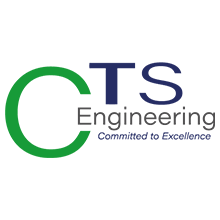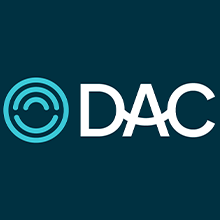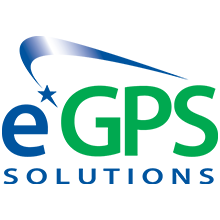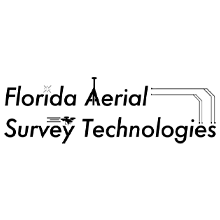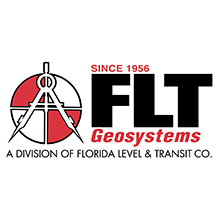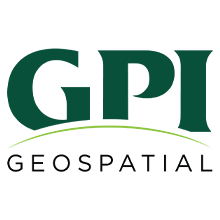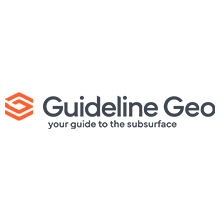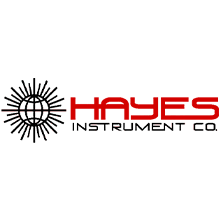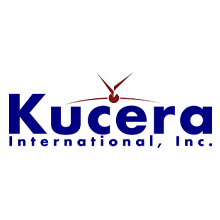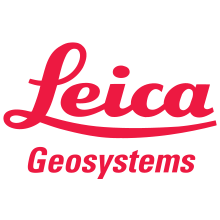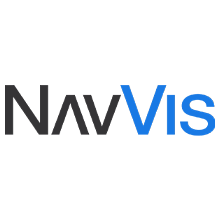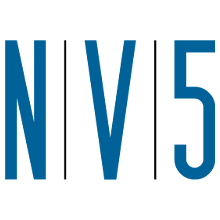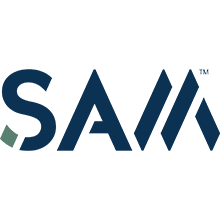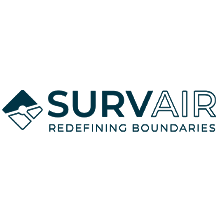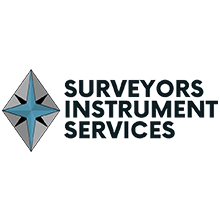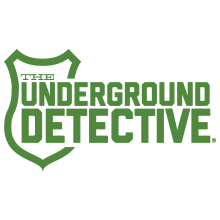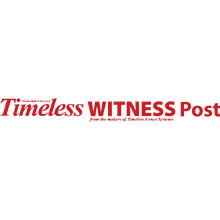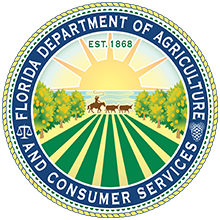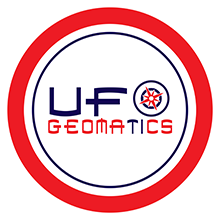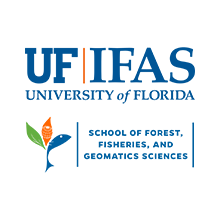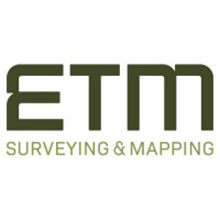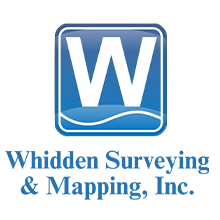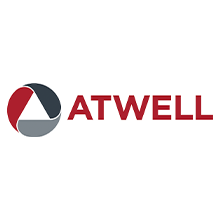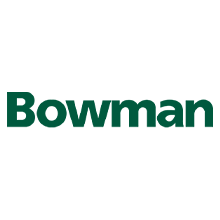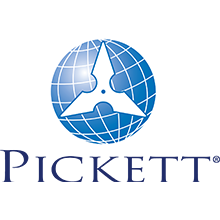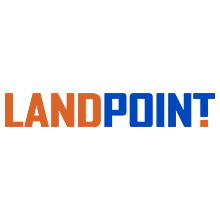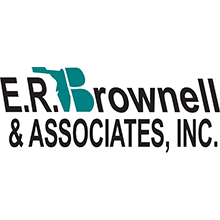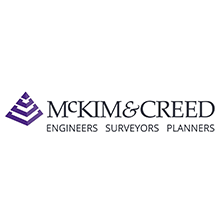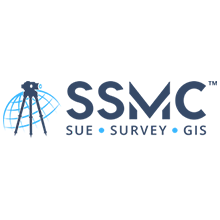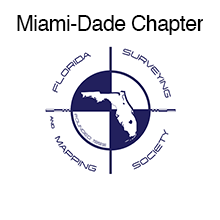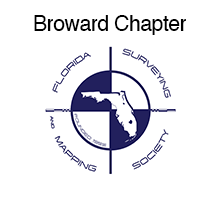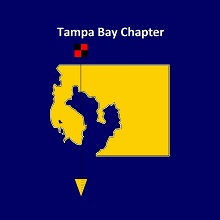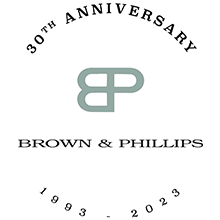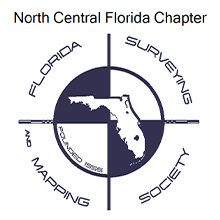- Home
- About Us
- Membership
- Education
- FSMPAC
- Sustaining Firms
- Conference
- Newsroom
- Resources
Continuing Education CoursesAfter browsing the course options below, click on one of the 'Order Courses' buttons to be directed to the order form and payment page. Order Emailed CoursesOrder Mailed CoursesDownload Course Order FormLOOKING FOR ONLINE COURSES? eLearning CoursesNote: Emailed courses are not sent immediately after purchase. They are usually sent later the same day or the next day, depending on the current volume of orders.
Upon purchase of a correspondence course, you will be emailed the complete course
along with the test. You will also receive instructions for returning the completed test for
grading. Successful completion of the test will earn a Certificate of Completion for your
course and your credits will be uploaded to your file on the FDACS BPSM database.
Pricing Information
3-Hour Correspondence Courses A History of the Prime Meridian MarkerCourse #8403 3 CECs This course will inform the surveying community about the old markers, why they were placed and the importance of these markers to every property owner in the state. Other state’s markers (most have multiple prime meridians) will be discussed in comparison to that of Florida’s. The instructions for setting the monuments and the running of the principal lines from the prime meridian marker will also be discussed as will the men who risked their lives to get the job done. The various legends that have cropped up over the years will also be discussed and what was done to set the record straight on these stories. Finally, the design of the new marker will be discussed and what that will symbolize for the surveying community and the state as a whole. Artifacts recovered from the site will be displayed and discussed in relation to the stories and legends about the Prime Meridian Marker. Basics of Real Property(2023 UPDATED COURSE) Course #10501 3 CECs This course will define the distinction between the historical and modern views of what constitutes real and personal property. It will examine the surveyor's interest and the title holder's interest in relation to identifying and describing claims of title as well as boundaries of oral and written claims. Understanding the basics of real property in a legal aspect as well as the surveyor's viewpoint is a prerequisite for the real property surveyor. Digital Signatures for SurveyorsCourse #8491 3 CECs This course will educate the reader on the ins and outs of using a digital signature. What is a digital signature? How do you create one? How can you use it securely? These are just some of the questions that will be answered during this course. If you have ever wondered about using a digital signature, this course is for you. Easements and Rights of Ways
Course #9945 3 CECs What exactly is an easement? How does it differ from a license and a profit? What is an appurtenant easement versus and easement in gross? How are easements created and what does it take to terminate an easement? What constitutes an easement by necessity or an implied easement? How does adverse possession impact easements? Where do railroads, roads and highways fit? This course will explore the types, elements, and nature of easements, both written (express) and unwritten. Case law regarding easements in Florida will also be reviewed. Introduction to PhotogrammetryCourse #7887 3 CECs An introduction to and overview of aerial photogrammetry for mapping. Course Topics: Course Objectives: QA/QC for the Design ProfessionalCourse #9293 3 CECs This course defines the meaning and purpose of Quality Assurance and Quality Control for both the Design Professional and Technical Staff. The procedures and processes for developing and implementing a QA/QC plan that can be utilized in both field and office will be explored through discussion and use of examples. The importance of record keeping and documentation will be discussed as well as the positive aspects of the effects on your business operation. Writing Boundary Descriptions(2023 UPDATED COURSE) Course #10502 3 CECs This course will examine the distinction between deeds and descriptions in surveying and legal terminology. The course will discuss and identify the distinction between the deed and the description included in the deed and differentiate the responsibilities of the attorney and the land surveyor in preparing their respective elements. 6-Hour Correspondence Courses Boundaries in FloridaCourse #7667 6 CECs This course will acquaint the student with history of land ownership and case law that impacts boundary surveying in the State of Florida. Chapter 177, PlattingCourse #6970 6 CECs This course will focus on Florida Statutes Chapter 177, Part I, Platting. Plat Law was enacted in the legislature in 1971 and has been amended on several occasions since then. A major rewrite to the Law was effective in July 1998, with some minor modifications in 1999. This seminar will cover those sets of changes, along with a review of the long standing requirements set forth in the Law. Critical Communications for Surveying ProfessionalsCourse #7228 6 CECs This six-hour correspondence is designed to give the surveying professional the tools to work better with others. The use of instrumented learning (Inscape Publishing's Personal Profile System) will give the surveying professional the knowledge and skills to discover their communications and behavioral strengths and then to develop strategies to capitalize on those strengths. Instrumented learning will give each surveying professional immediate and specific personal feedback concerning his or her unique communications strengths and those areas where he or she can make personal and professional communication's excellence growth. This will enable them to become more effective leaders who understand critical leadership, teamwork, and motivation strategies. Elevation Certificates and the Community Rating System(2024 UPDATED COURSE) Course #10628 6 CECs This course relates to the practice of surveying and mapping as defined in Chapter 472, F.S. in that it instructs and informs the attendee the purpose of the elevation certificate, how to complete the certificate. In addition, recent changes to the Community Rating System will be discussed and how a Vertical Program is rated. Ethics for the Design ProfessionalCourse #8620 6 CECs This course is about the decisions that are made every day while running a professional design business such as engineering or surveying and mapping. It includes explaining the public trust that every design professional has to uphold, discussing the expectation by the public for the design professional to be unbiased in the application of his/her knowledge and skills as a professional while performing his/her task. The design professional is also guided by the laws of Florida that were put in place for the protection of the public. There are court cases that have been decided and set precedents for the design professional to follow. Some of these laws and court cases are a direct result of a design professional who made an unethical decision while performing his/her professional tasks. Florida Surveying and Mapping Laws(2024 UPDATED COURSE) Course #10630 6 CECs Introduction: Geographic Information SystemCourse #7107 6 CECs Geographic Information System (GIS) technology can be used for surveying, resource management and development planning. For example, a GIS might allow emergency planners to easily calculate emergency response times in the event of a natural disaster or a GIS might be used to assist surveyors in finding records of land transactions. History of SurveyingCourse #7108 6 CECs What is Surveying? Identification of Native and Non-Native Trees in FloridaCourse #7874 6 CECs This course will focus on the methods for identifying trees in Florida. Native, non-native, coniferous, and deciduous trees will be featured. Land Tenure and Cadastral SystemsCourse #7829 6 CECs This course covers two processes central to the practice of boundary surveying - land tenure and cadastral systems. The first involves how rights to land to land are held and transferred; and the second involves how records of interests in land are maintained in systems to allow for legal protection of those interests as well as to facilitate various land administration functions. Map Projections and Coordinate Datums(2023 UPDATED COURSE) Course #10626 6 CECs This course is designed to provide an understanding of the basic concepts of map projects and geospatial coordinate systems, including the use of readily available on-line conversion software. Practical Geometry for SurveyorsCourse #7109 6 CECs This course presents the basics ideas of Plane Euclidean Geometry with emphasis on their application to geometric constructions. Its intent is to fill gaps in the basic geometry education of professional surveyors. Since geometry, as indicated by its name (geo+metry = measurement of the earth), is the basis to the practice of surveying, it is expected that this course will stimulate ideas that professional surveyors can apply to their everyday work. Public Land Survey SystemCourse #6979 6 CECs
Remote Sensing Application to Surveying & MappingCourse #6972 6 CECs This course instructs and informs the attendee regarding the application of remote sensing devices to surveying and mapping. The course will focus on the application of current remote sensing systems such as digital aerial imaging, satellite imagery, LiDAR and RADAR. The instructor will also present a number of case studies that demonstrate when remote sensing has been applied successfully in the practice of surveying and mapping.
Order Emailed CoursesOrder Mailed CoursesDownload Course Order FormProvider No. CE11
Questions? Email [email protected] or call 800.237.4384.
|













